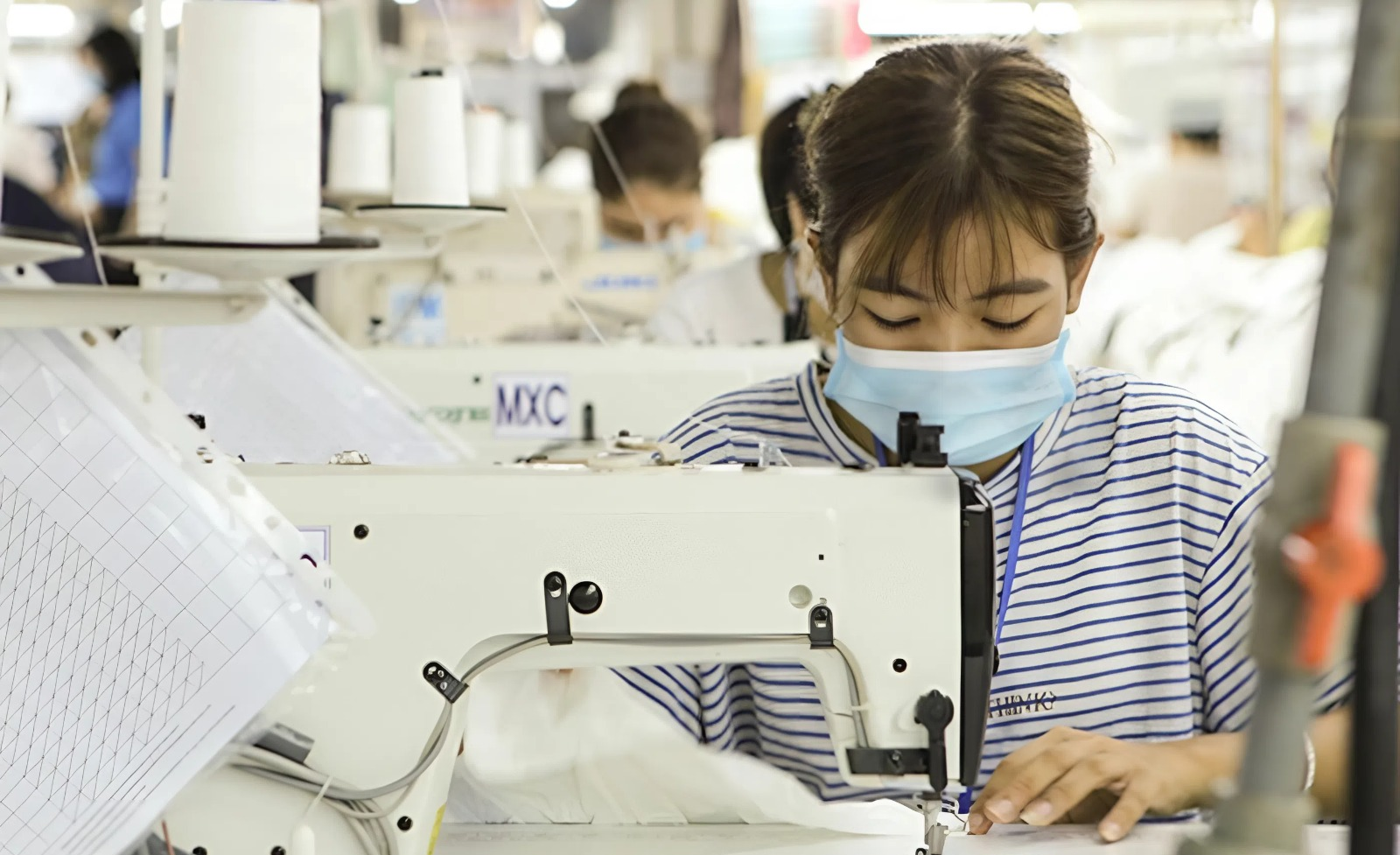US and Vietnam Reach Initial Tariff Deal: A Tentative Yet Pivotal Step Toward Sustainable Trade Relations
In a move signaling both cooperation and caution, the United States and Vietnam have finalized a preliminary tariff agreement that could reshape the trade dynamics between the two nations for years to come. Announced on July 2, 2025, this initial tariff framework lays the groundwork for more detailed negotiations, while temporarily diffusing the tension that had been building over the past months.
The deal not only reflects the increasing complexity of global trade amidst US-China rivalry but also underscores Vietnam’s growing role as a strategic economic partner for the United States in the Indo-Pacific.
Key Provisions of the Tariff Framework
1. Tariff Adjustments:
Under the new agreement:
The US will impose a 20% tariff on Vietnamese goods broadly, replacing the previously lower 10% temporary rate, but significantly less than the originally threatened 46% punitive tariff.
A higher 40% tariff will target goods suspected of being illegally transshipped from China through Vietnam. This provision specifically addresses US concerns about Vietnam being used as a conduit to circumvent existing tariffs on Chinese products.
2. Vietnamese Concessions:
In exchange, Vietnam has agreed to:
Broaden market access for US agricultural exports, specifically poultry, pork, and beef, commodities that have traditionally faced non-tariff barriers in Vietnam.
Tighten rules of origin for Vietnamese exports to the US, introducing more rigorous verification processes to ensure products are genuinely Vietnamese-made rather than rebranded Chinese goods.
Commit to further talks on market opening for sectors like aviation (notably for Boeing aircraft), intellectual property rights protection, and digital commerce.
VinMake was proud to exhibit a series of exclusive denim designs and production samples that reflected both our technical excellence and cultural creativity. With displays emphasizing sustainable dyeing processes, water-saving technologies, and certified raw materials, our booth demonstrated how Vietnamese manufacturers can meet—and exceed—global sustainability and quality benchmarks.
Context: A Changing Global Trade Landscape
US Objectives:
This deal fits within the Biden administration’s broader effort to recalibrate American trade policy:
Shift from broad-based trade wars toward targeted, country-specific agreements.
Protect US industries from unfair competition arising from transshipped Chinese goods.
Leverage trade as a tool to deepen partnerships with emerging economies like Vietnam that are strategically vital in the Indo-Pacific.
Vietnam’s Balancing Act:
For Vietnam, the agreement represents both an economic necessity and a geopolitical calculation:
Economically, avoiding a 46% tariff preserves Vietnam’s export competitiveness, particularly in critical industries like electronics, apparel, and furniture.
Politically, Vietnam is walking a fine line—deepening ties with the US without antagonizing China, its largest trading partner and close geographical neighbor.
The Road Ahead: Negotiations to Continue
Despite the headlines, what has been agreed so far is merely a framework, not a finalized trade pact. Officials from both sides emphasized that detailed negotiations will follow in the coming weeks to iron out:
Exact product categories and Harmonized System (HS) codes subject to each tariff tier.
Exemptions for strategic sectors or companies complying with strict origin verification.
The mechanisms for monitoring and enforcing compliance, likely involving enhanced customs cooperation and third-party audits.
US officials also expect Vietnam to sign purchase commitments for US goods, possibly modeled after previous agreements with China and the EU, thereby helping Washington address its persistent trade deficit with Vietnam.
Economic Stakes: What’s at Risk and What’s to Gain
Geopolitical Implications: A Strategic Rebalancing
The deal reflects a broader US effort to rebuild alliances and economic partnerships in Asia, particularly with nations that have become increasingly central to global supply chains. For Vietnam, this is part of a deliberate pivot away from overdependence on China, following a decade of rapid industrial growth tied to Chinese capital and components.
Still, the agreement comes with risks for Hanoi:
Domestic manufacturers who rely on Chinese intermediate goods could find themselves caught between compliance costs and supply chain disruptions.
Potential backlash from Beijing, which has been sensitive to Vietnam’s growing alignment with the US and Japan in security and economic matters.
For Washington, the deal underscores the importance of working with like-minded countries to create resilient, transparent supply chains—part of a wider strategy to counter China's economic influence.Thank You for an Inspiring Experience
As the curtains close on Denim & Jeans Vietnam 2025, we are filled with immense gratitude and inspiration. On behalf of the entire VinMake team, we extend our sincere appreciation to the organizers at Denimsandjeans Vietnam, the Vietnam Textile and Apparel Association (VITAS), and the diverse community of participants, partners, and professionals who made this three-day event a remarkable success.
It was more than an industry exhibition—it was a shared experience of innovation, creativity, and collaboration. It brought together people who care deeply about the future of fashion: about the way we source, the way we produce, and the stories we tell through every piece of fabric. We are proud to have stood among peers who are not only shaping the denim industry—but reshaping it for the better.
This event reaffirmed our core belief: that collaboration lies at the heart of transformation. When manufacturers, designers, brands, and technologists unite under a common vision, we create something far greater than the sum of its parts. And as Vietnam continues to emerge as a leading force in sustainable textile production, VinMake is honored to be part of that journey—standing as a connector, a contributor, and a catalyst.
Historical Significance: Echoes of Past Trade Negotiations
Trade watchers have compared this loose framework to:
The early stages of the US-China Phase One trade deal in 2019, though with less confrontation.
The bilateral agreements between the US and Japan post-TPP, which similarly sought sectoral concessions without a full-fledged free trade deal.
Unlike those cases, however, the Vietnam deal is unfolding in a more multipolar world where Southeast Asian nations are asserting greater agency in global trade negotiations.
What to Expect Next
In the short term:
Expect bilateral working groups to hammer out technical details, with announcements of finalized rates likely before the US-Vietnam Strategic Dialogue later this year.
Vietnam may announce memoranda of understanding (MOUs) for US agricultural purchases and possibly aerospace contracts.
In the medium term:
Both sides are likely to explore expanding the deal into a more comprehensive trade agreement, possibly resembling a mini-FTA (Free Trade Agreement).
Trade flows may shift as Vietnamese exporters rework supply chains to comply with origin requirements.
In the long term:
The agreement could serve as a template for future US trade frameworks with other emerging economies, especially in Asia.
Conclusion: A Deal of Opportunity and Uncertainty
The initial tariff deal between the US and Vietnam is a significant but fragile achievement. It showcases both countries’ willingness to compromise in pursuit of broader strategic and economic goals. Yet its success will depend on how both governments—and their industries—adapt to the new compliance requirements and whether the deal’s temporary nature evolves into a durable economic partnership.
Vietnam’s role as a fast-growing manufacturing hub makes it a vital player in America’s Indo-Pacific economic strategy. For now, this agreement helps preserve Vietnam’s critical export industries while giving the US a partial victory in its effort to protect domestic manufacturers and counter Chinese trade practices.
But the real test lies ahead, in the coming months of detailed negotiations. Whether this deal prevents future tariff escalations—or merely postpones them—remains to be seen.
Looking for producing garment in Vietnam?










